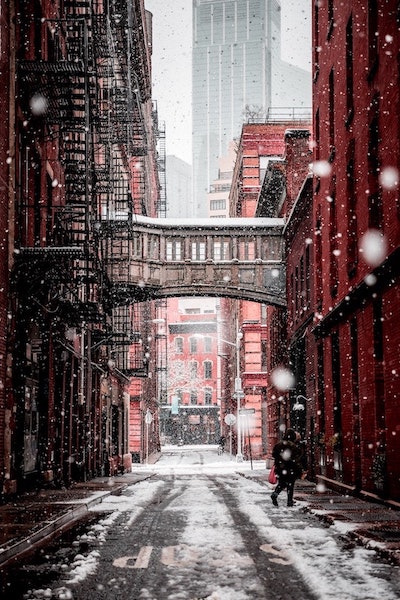East And West
Nottingham, industrial powerhouse of the old British Empire. The heart and soul of the Industrial Revolution, bringer of steam power, factories, mass production, the birth of automation.
Nottingham, the home of Robin Hood, saviour of the poor, man of nature.
Nottingham, city as declared by the Queen Victoria, city of man.
In the city was a line like any other. Lines don’t tend to appear much in nature, which is why the nature of this line is that of a path. It only stretched 100 meters between streets, and was particularly narrow.
On the east of the line (actually the south, just declared east because it was always seen as the right), laid a clean, brick laid building stretching tall into the sky. The face was complete and utter, absolutely perfect. That’s where the factory owners were; the rich, the civilised, the privileged.
Because after all, they’re in the right.
On the west of the line laid a scaffold of ladders, up and down, from the dregs to the tops of the towering bricks, for the working class. The class who made the roofs their home, and the ground too. Nowhere are they safe, not even in the dirty, incomplete tower which is the west. After all, they are all that’s left.
And finally, the bridge, pulling and pushing between the west and the east, the connection desired by the many, hated by the “all.” For this was hood’s home, the bridge which would make way for change.
But he didn’t know that, all he knew were the glassy windows of time, and the bridge between the left and the right, the east and the west, yet in the end they were always the same towering red brick.

